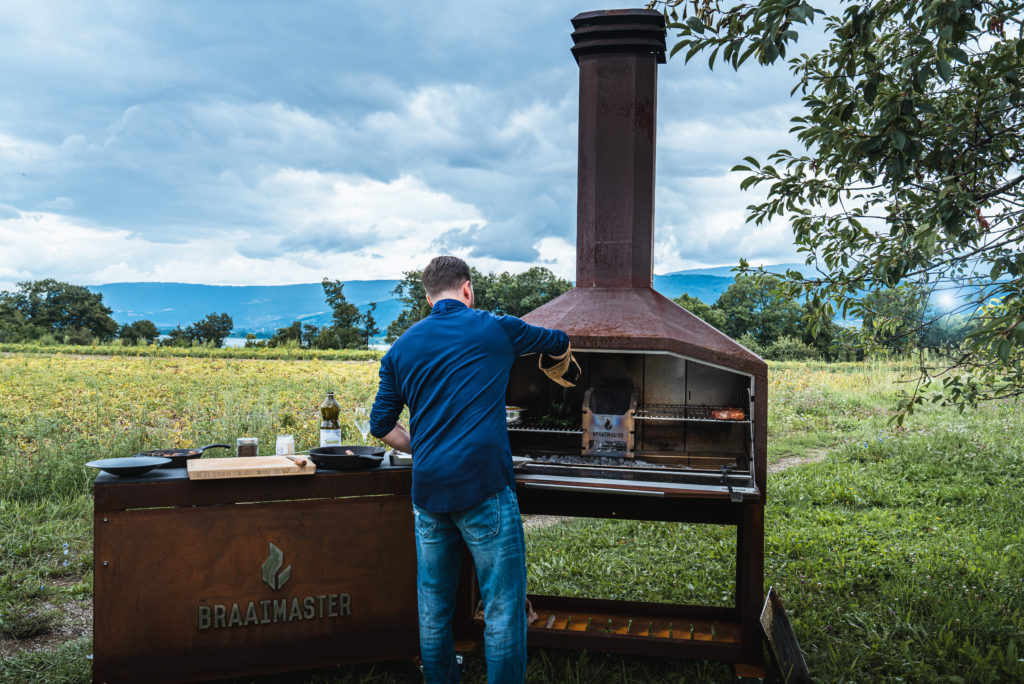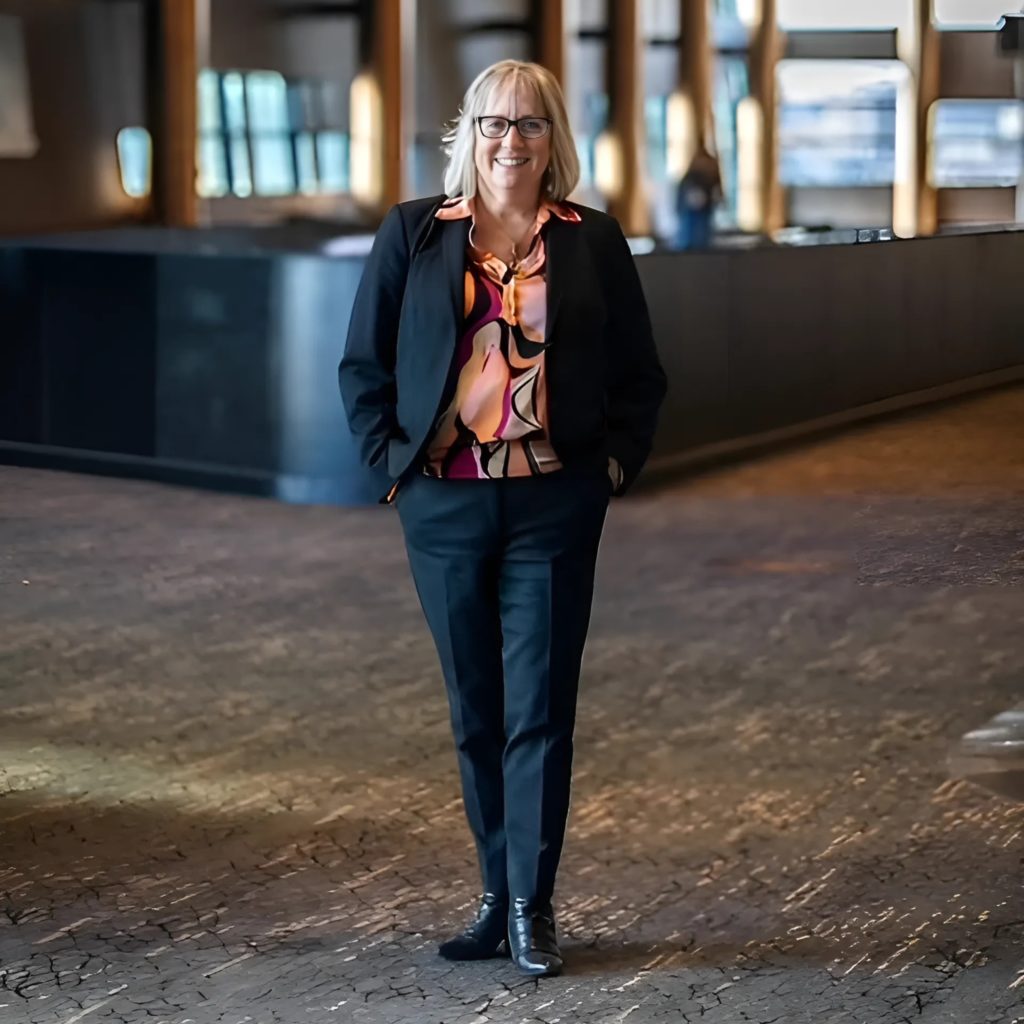25
Pascal Schmutz
Founder of 1922
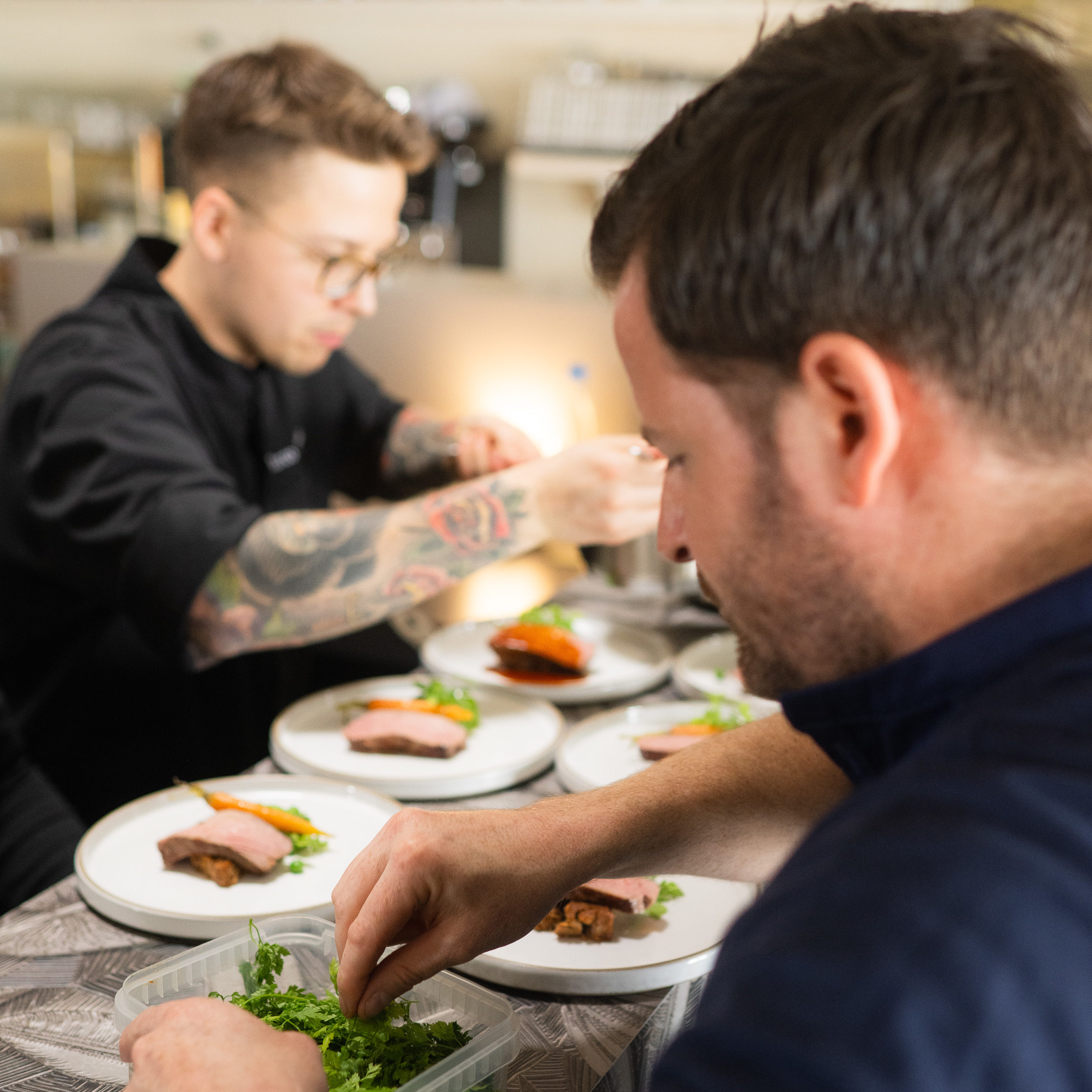
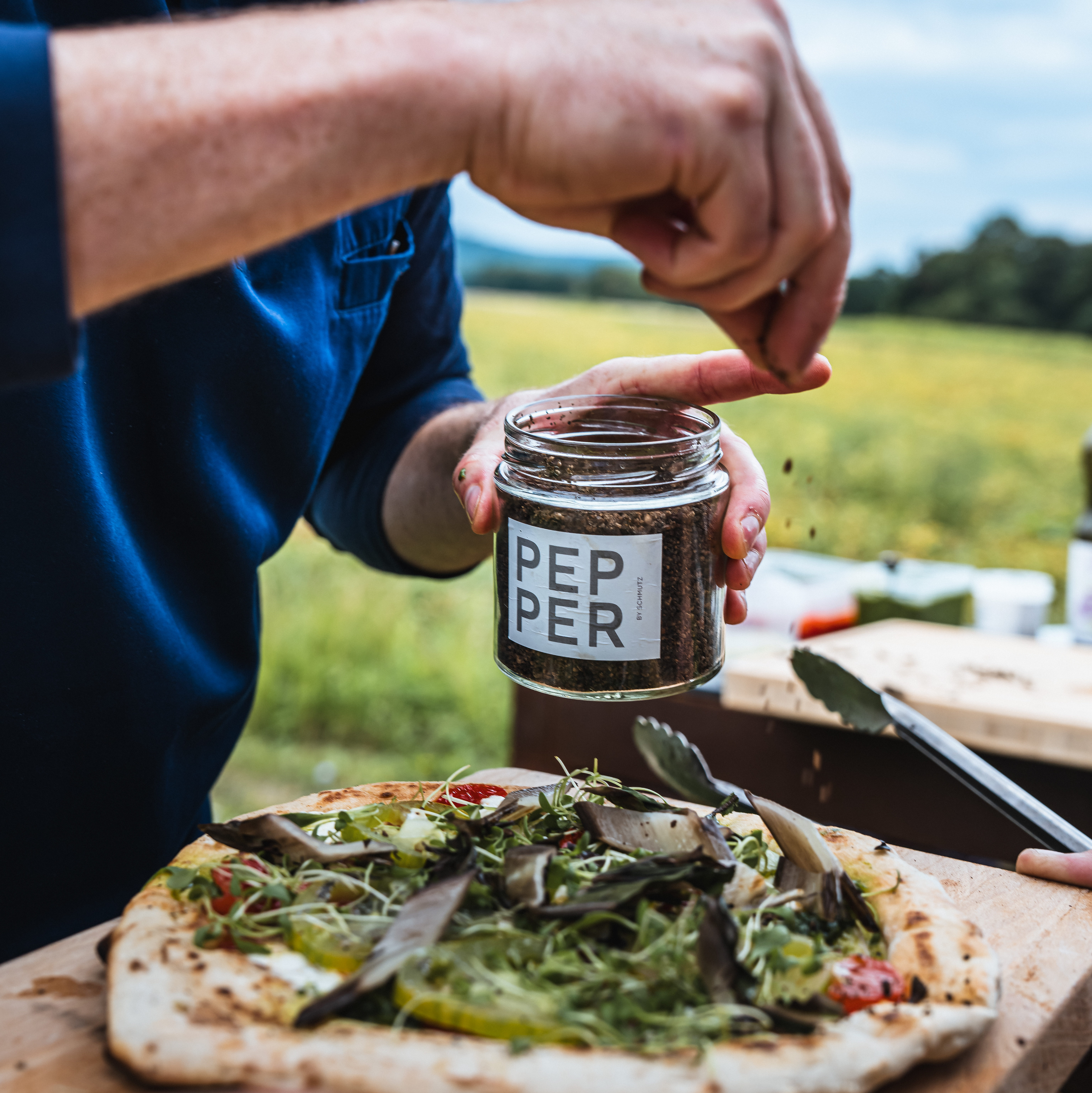
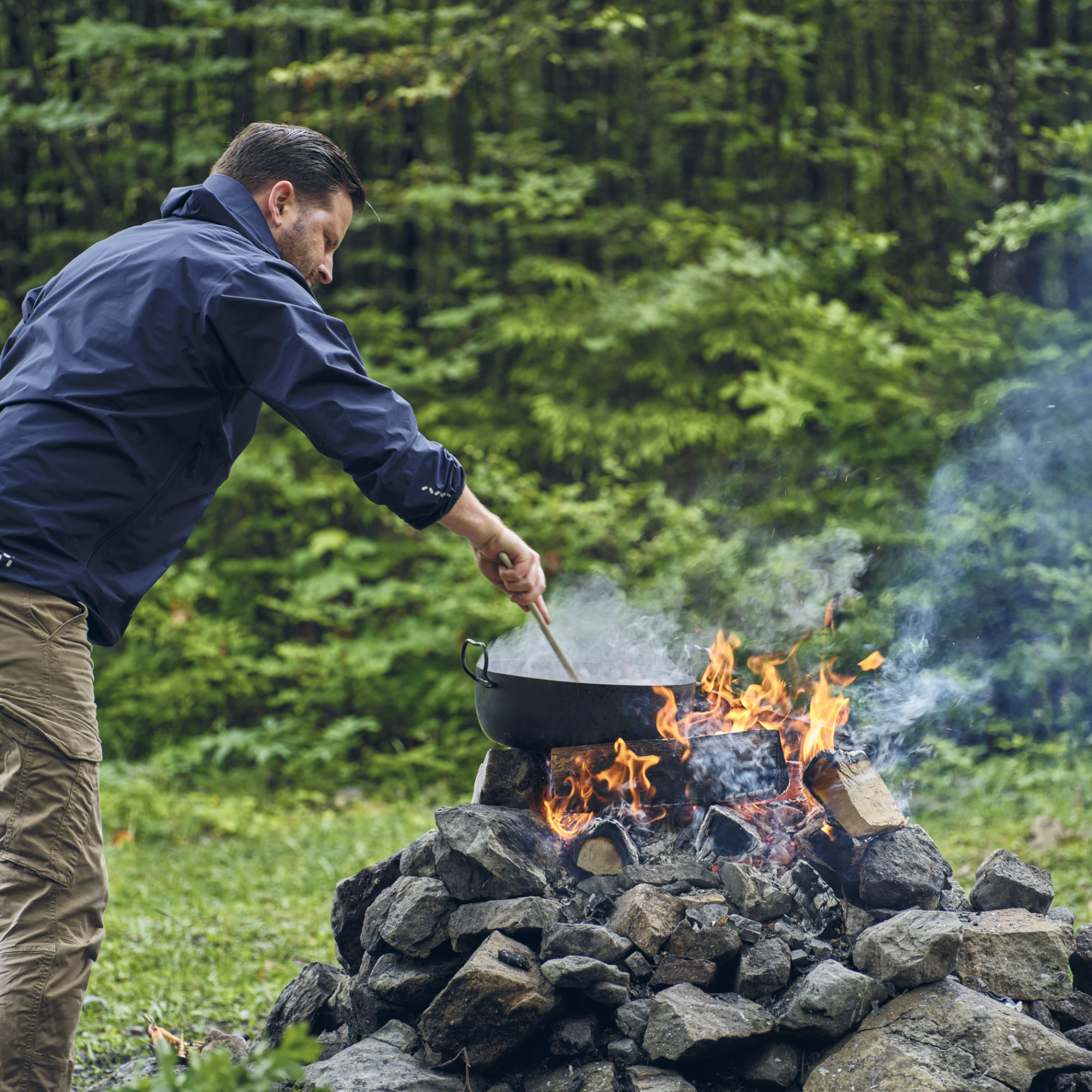
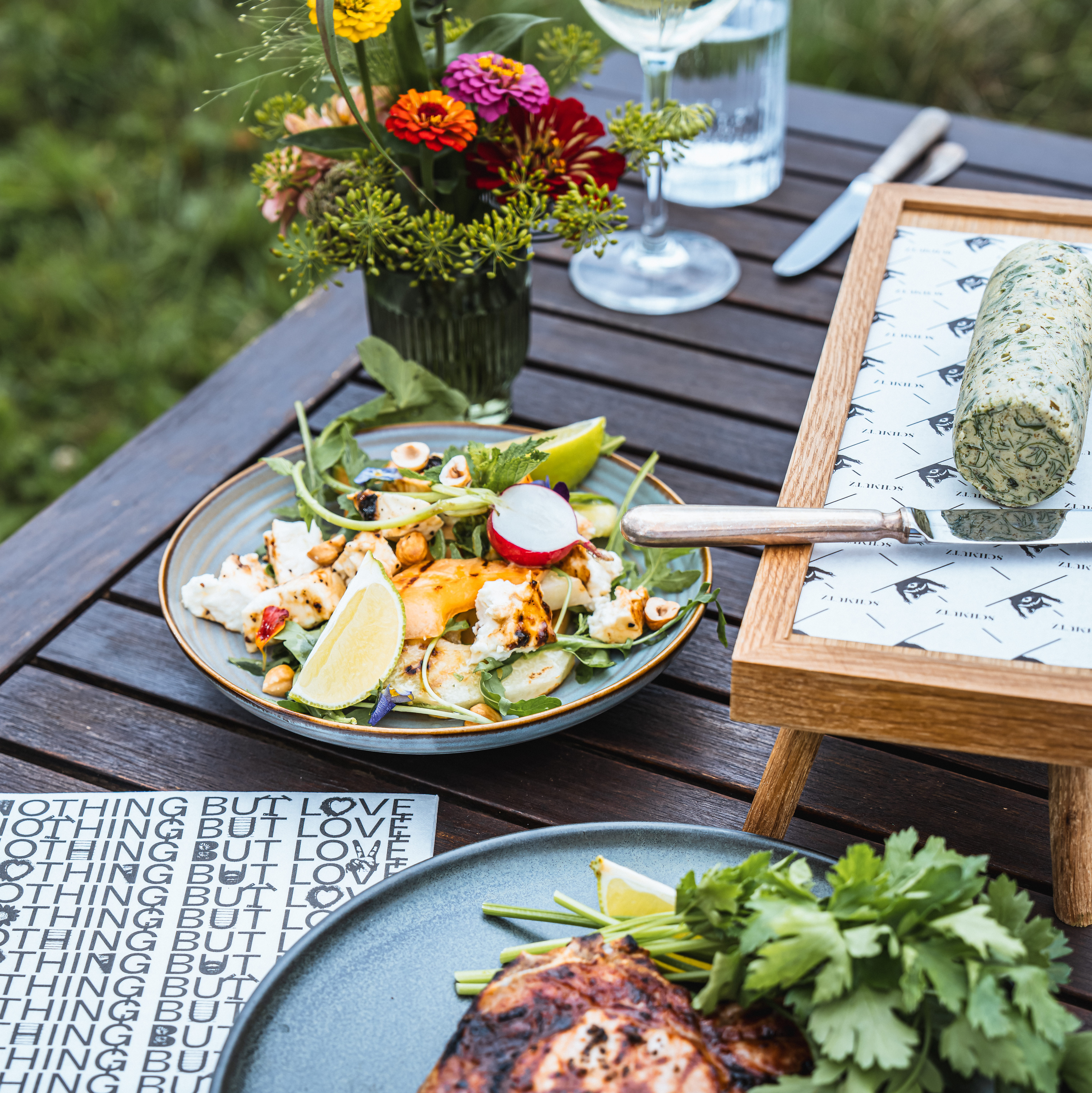
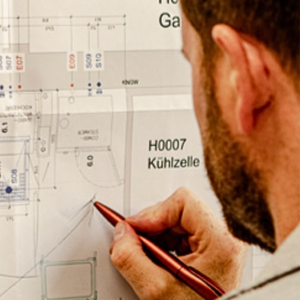
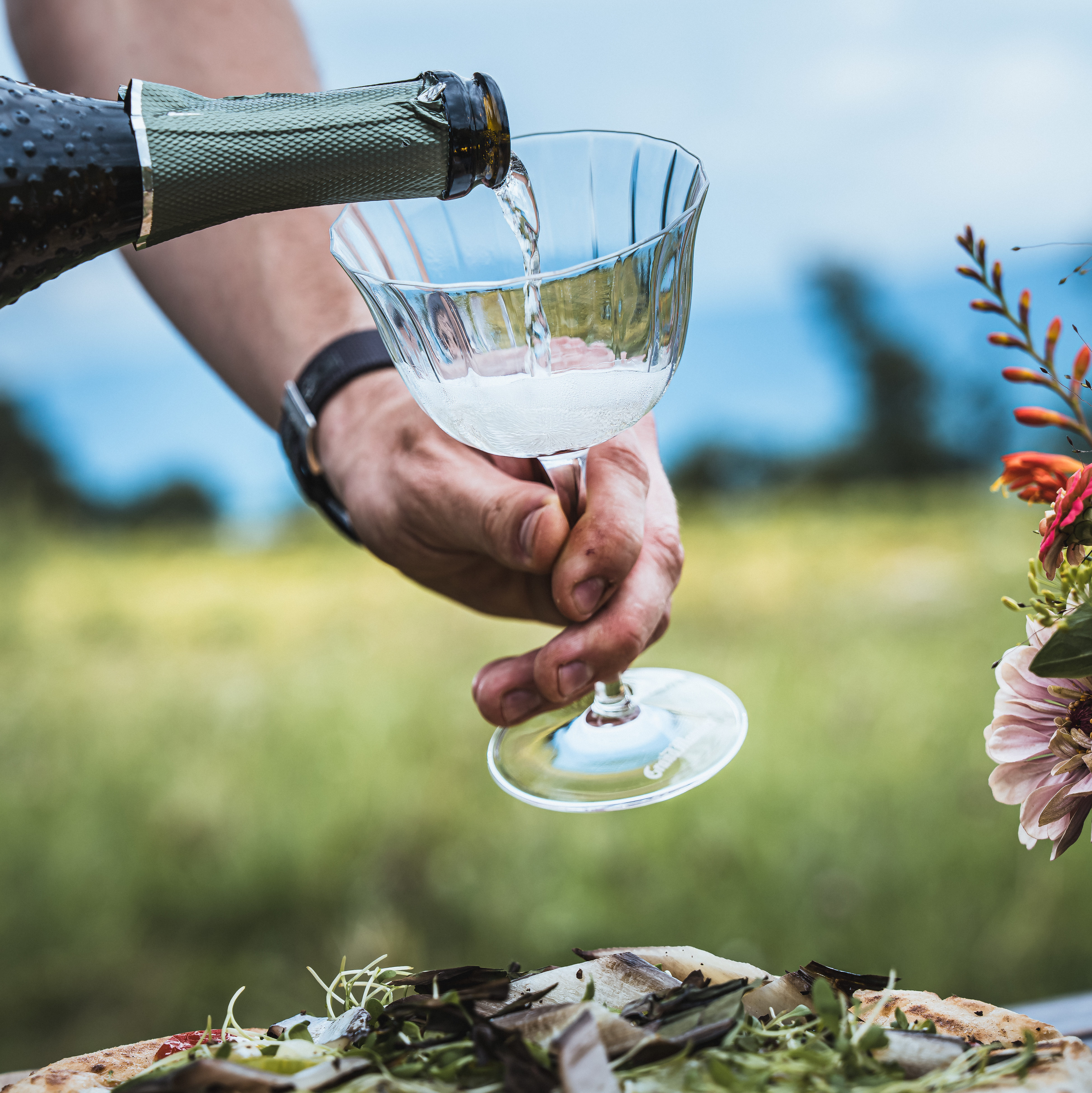
Sometimes it’s enough to just do things damn well and with all the passion you’ve got.
You are known for rethinking gastronomy. When was the last time you created a concept that surprised even you?
To be honest, I don’t really like saying how “cool” I think something I did was. But one decision that truly felt rock’n’roll, one I made purely from the gut, was this: in October, I decided to open a pop-up restaurant in the middle of winter in Mallorca, inside a closed-down space. I had only a month to pull it off, no team, other projects running at the same time, and still I thought: I’m doing this. I want to prove myself there.
I had no time to study the area or the winter season in Mallorca. I just trusted my gut, leaned on my experience, and relied on my ability to quickly see what’s missing and how to turn it around. With barely any budget for marketing or design, we built a charming neighborhood restaurant, carried by Swiss hospitality standards, true passion for hosting, and the drive to get better every single night.
We were constantly in motion: small self-branded details suddenly appeared on the tables, there were handwritten greeting cards, moments of applause, and genuine closeness with our guests. Every morning, I went to the market myself, bought the freshest fish and vegetables on the island, created menus on the spot, and I wasn’t only in the kitchen but also serving. We picked lemons straight off the tree, created our own house drink – it was pure energy, without a rigid strategy.
The most important thing was: just do it. Don’t sit in meetings for ten days debating; instead, implement ideas right away. Living the values people miss so much today. In the end, it comes down to this: does the food taste good? Does it look good? Is the service hearty and relaxed? Do you show humility and gratitude toward your guests? If those things are true, you don’t need the “craziest” idea. It’s enough to execute something damn well and with full-on passion.
Yes, the kitchen philosophy was right on point.
We sometimes worked 15 hours a day, and yet it still felt light and joyful. It reminded me of growing up with shows like Jamie Oliver’s: he’d hop on his Vespa to buy ingredients, cook something spontaneous for 20 people, and everyone shared that raw, direct joy. That’s exactly what I got to live again: show up, say “Today we’re cooking this, this, and that,” and spark enthusiasm among the guests.
The result was incredible: in just one month, we had guests who came back up to 20 times. Honestly, you can’t get a better compliment. That’s when I realized again: you don’t always need the “craziest” idea. Sometimes it’s enough to just do things damn well and with all the passion you’ve got.
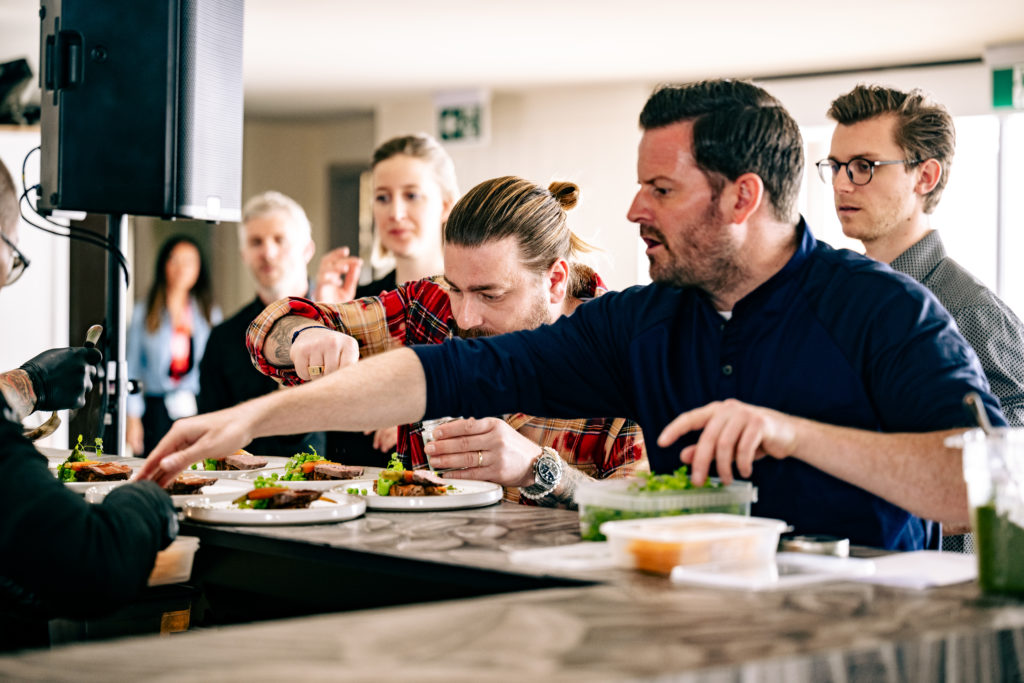
Many chefs talk about regionality. You live it radically. What does brutal local mean for you in practice?
I always decide situationally. When I’m on duty, I start by really listening: what does the client want, what are the investors expecting, and where might the challenges in the operation lie? I often spend two or three days on site, analyzing the business and truly understanding what’s needed. Only when I know both sides – the expectations and the reality – can I decide which culinary setting will create the maximum impact for both the guest and the business.
And that can look very different: sometimes it’s a clear fine-dining structure, sometimes it’s something low-key with a limited budget that still manages to excite. But for me, the most beautiful moments are when I get to cook purely over fire. When guests carry ingredients in their backpacks up to a mountain hut, where we build a fire together, prepare an aperitif with homemade elements, and set a big tavolata with mountain views – on a meadow or right at the winemaker’s vineyard.
These moments are unique because they’re honest, approachable, and unforgettable. That’s why, for me, there’s never a one-size-fits-all answer. I immerse myself in every situation anew and ask: how can I create the biggest wow effect? Which setting will make the idea shine brightest?
If you communicate well and make it visible, doors will open.
From fine dining to cooking in a fire pit, how do you decide which setting fits a culinary idea best?
Brutal, local, radical. For me, that means first and foremost: solving problems and showing how things could be done. These days, everyone says, “We want regional cuisine.” But depending on the size of the operation – if you’re talking about an entire ski resort – that’s easier said than done. The challenge is to find the right balance.
Maybe we can’t source 99% of all products locally. But what we can do is position six restaurants within a larger destination so that each one offers the maximum possible regionality, and the guest still feels: here, they’re cooking with intention, with a clear attitude. At the same time, you can still get those beloved classics on the slopes.
What matters to me is proving that “brutally local” doesn’t only work for 20 guests in a tiny pop-up. It can work for the masses, too. Hotels, restaurants, and entire holiday destinations can all take many small steps that, together, create a massive impact.
At the end of the day, guests don’t just want to see the region. They want to taste and feel it. They should experience with all their senses what makes this place unique. That’s what gives a destination character and sustainability, and that’s what sticks in people’s memories when they head back home.
That’s why I always say: if you communicate well and make it visible, doors will open. And right now is the moment to live regionality consistently – not just on a small scale, but also in a big way, across entire tourism destinations.
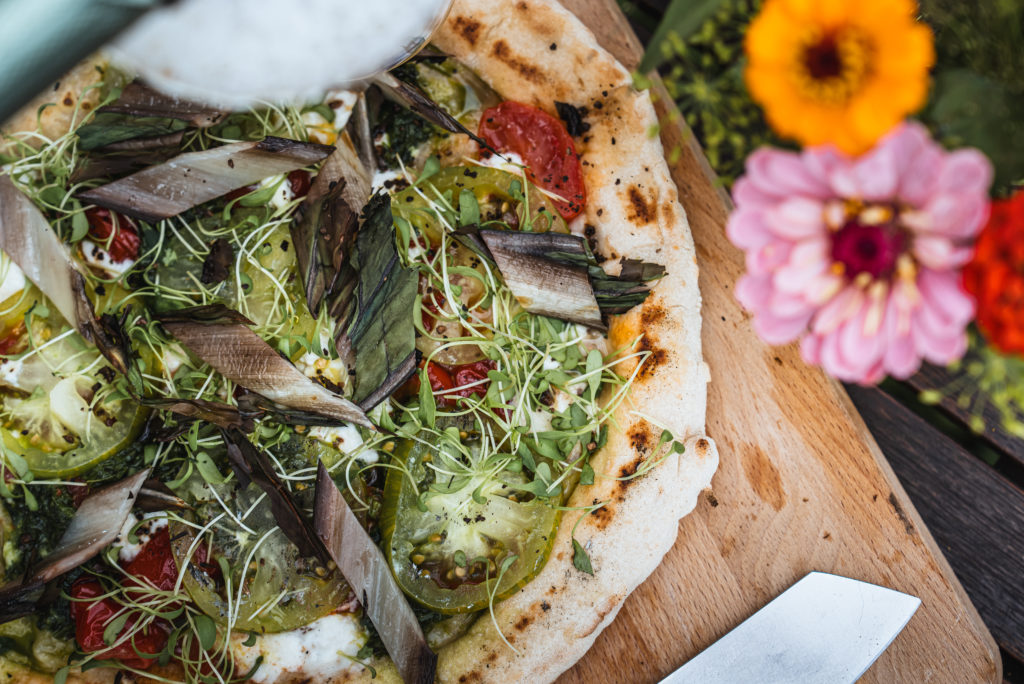
Your career shows courage for change. Was there a moment when you deliberately took a completely new path?
I think anyone who runs their own business knows: you always have to keep moving. At some point, it was clear to me that cooking alone wasn’t enough anymore. It’s a part of my life that I love, but I wanted to dive deeper. I became fascinated by how a guest experiences a stay from the reception onward and how their overall experience could be improved. I got excited about design, graphics, furniture, images, art – and I wanted to help shape it all.
That’s when I decided: I don’t just want to be a chef anymore. I want to make a bigger impact. Often, I could have stayed comfortably where I was. But when I felt potential was being wasted, when my ideas weren’t welcomed, when decision-making took too long – I knew: this is how you lose guests, this is how you lose money. So I chose the uncomfortable, rocky path and walked away.
It wasn’t always easy. Sometimes I thought, “You’re an idiot for leaving the safe zone.” But it’s exactly those uncomfortable decisions that shaped me. They made me the person I am today. And they taught me: honor tradition, yes, but never stop daring to try new things and to act faster, more directly.
Creative ideas make all the difference, especially when the budget is tight.
You have redesigned entire hospitality businesses from scratch. What are the key first steps for a successful restructuring, and what do you enjoy most during the process?
For me, the most important first step in any repositioning is getting everyone pulling in the same direction – whether it’s the board, management, or the CEO. If the foundation isn’t aligned, any concept remains just an idea. At the same time, it takes courage to make decisions. It’s always easier to do nothing than to take a clear direction, but that’s exactly the difference between stagnation and change.
Next comes positioning: what do we want to be? From that comes the concept, which in turn shapes a big part of the design. Sometimes the design carries so much weight that it becomes an experience in itself, independent of the food concept. Imagine walking into a guitar shop, entering a code at the counter, and suddenly a door opens to a stunning, illuminated space: a cool restaurant with great drinks, casual food, and the perfect vibe. In moments like that, the design takes center stage, and that’s exactly what excites me.
Creative ideas make all the difference, especially when the budget is tight. I’ve turned old designer bathtubs into lounges, and they looked absolutely amazing. Or I ask myself: how can I surprise the guest here? What would they find really cool? Even traditional elements like a reception desk can be reimagined. Instead of the typical large counter where people feel looked down on, you can create a completely different welcome experience that radiates warmth and closeness.
The guest is always the priority for me. A designer chair is useless if it’s so uncomfortable that no one wants to order a second bottle of wine. The lighting concept is crucial – not too bright, not too dark. Visibility in the kitchen creates intimacy. Small details make a difference: maybe a surprise on the way to the restroom, or a hidden “champagne phone” so guests can order a round right at the table.
My favorite part is selecting furniture, staging rooms, incorporating funny ideas, and experimenting with unusual solutions. In the end, it’s all about making the guest feel comfortable, giving them a wow moment, and letting them sense what the business stands for. The key question always remains: what do we want to be? What kind of presence should the business have? That’s what guides every design concept I create.
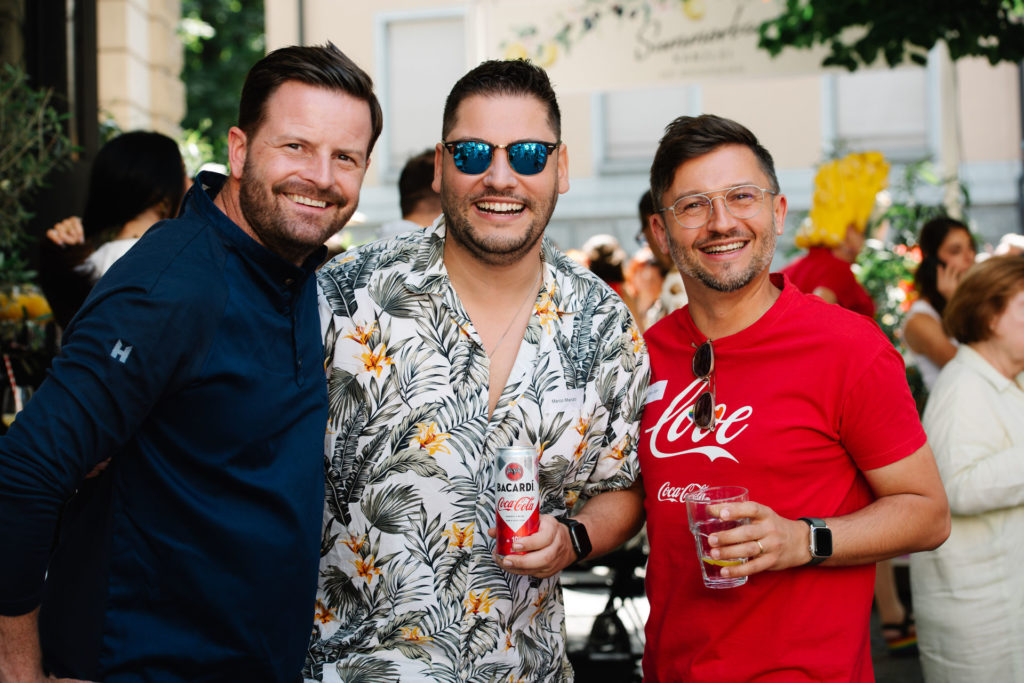
Hospitality is teamwork. How do you build teams that not only follow your vision but develop it further?
Building a team is all about trust and listening. Every person brings their own character, strengths, and weaknesses – that’s what I focus on. Often, I’m not just the boss, but also a coach, a psychologist, or simply a friend. The key is to bring joy back to people, motivate them, and at the same time provide a clear direction.
What fascinates me is that in moments when a head chef leaves or a team shrinks, incredible growth often happens. People who were previously in the background suddenly rise above themselves when you guide, coach, and give them responsibility.
Of course, you also have to get your hands dirty – show that you can still cook, stand with them at the stove, and sometimes even clean the floors together at the end of the day. That’s how real closeness develops. At the same time, it’s my job to communicate the philosophy of the business and maintain the balance between what the team wants to do and what the investor or owner expects.
The best moments for me are when former employees call years later and say, “It was tough with you at first, but now I understand why – and now guest numbers are really thriving.” That shows me that support and challenge work hand in hand.
I also see myself as a scout: talent often shows up where you least expect it. Even someone at the dishwashing station can become an incredible chef if you give them the chance. And triggering that kind of growth – that’s what true teamwork means to me.
Anyone who stubbornly clings to the old routines is going to lose.
The hospitality industry faces a global staff shortage. What creative solutions have you found to meet this challenge?
I believe this is exactly where we need to rethink things. Many businesses are still operating according to the same old model they used ten or twelve years ago. But the reality is: there are fewer and fewer chefs, fewer skilled professionals. Anyone who stubbornly clings to the old routines is going to lose.
For me, the solution lies in creating structures that ensure quality while conserving resources. Take production kitchens, for example: real professionals prepare and produce for multiple locations. The restaurant staff can then handle service with fewer skilled hands without compromising on quality.
Equally important is adapting the offering. When positioning a concept, you have to ask yourself honestly: what can we really deliver and what can’t we? We have developed regional menus for businesses and then supplied them with homemade convenience products – portioned, vacuum-sealed, fresh, or frozen. This allowed businesses to serve high-quality dishes without needing a full kitchen brigade for every step.
Of course, this doesn’t work if you insist on sticking to the traditional model: three chefs trying to manage breakfast, lunch, afternoon specials, and dinner service – it simply doesn’t work. The concept itself has to adapt, or the team will burn out.
Other industries have already paved the way: butcher shops have counter staff in the morning, while in the afternoon sales run automatically via code or credit card. We need similar solutions in hospitality – more flexibility, new approaches, and the willingness to question established patterns.
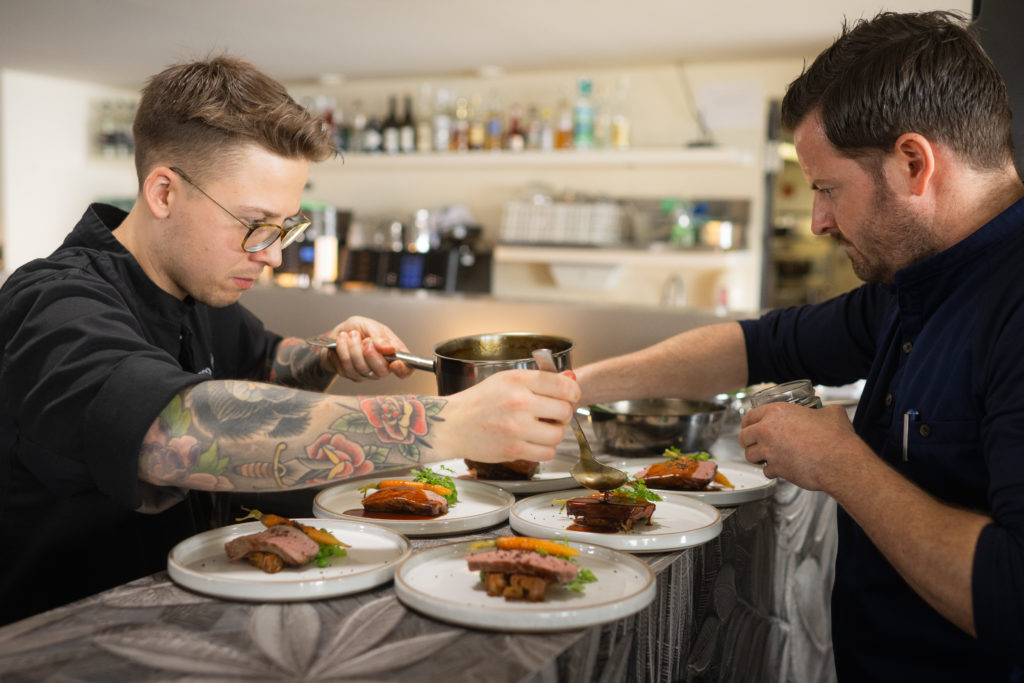
If you could give young hospitality professionals, especially chefs, one piece of advice for a successful and fulfilling career, what would it be?
My advice? It’s simple: listen. I feel like we’ve somewhat forgotten how to really listen to the experienced people in our industry – whether it’s chefs, seventh-generation hoteliers, or winemakers living their own philosophy.
These days, everyone wants to be the next star at 21, to put on a big freakshow, or jump straight into becoming a sommelier – and that’s great, ambition is important. But equally important is sitting down, asking questions, and actually listening. Go visit a cheesemaker just to see how they’re doing. Listen to a winemaker explain their philosophy. Talk to farmers, distillers, hoteliers, or businesswomen who have been in the game for decades.
I have always benefited enormously from asking and listening. From these people, you learn things that no Google or ChatGPT in the world can give you. It’s exactly these encounters that shape you and show you how much experience, courage, and passion lie behind our profession.
This is what I hope for the next generation: fewer shortcuts, more listening, more learning – from those who have truly made a difference.
In the end, it’s all about emotion and the wow factor.
With your agency 1922, you stage multisensory experiences at events. How do you engage all five senses of your guests, and what effect do you see?
At the same time, events are also about the full fireworks. From the very start, I want to spark emotions – not wait for the guest to come to us but reach out to them. The experience begins at the coat check. Surprise, energy, rock’n’roll – it has to be felt.
There are millions of events today, and many guests are constantly on the move. Food journalists, traveling the world to taste everything, are particularly hard to impress. My approach is: how do I make sure they’re still thinking about this moment a year or two from now? That requires courage – taking risks, a different presentation, a new setting, or simply an unexpected twist
In the end, it’s all about emotion and the wow factor. Not just running a standard program, but pushing boundaries, serving things differently and adding surprises. If you manage to make a guest rave about a detail months later, then you’ve truly reached them.
You juggle many different projects and spend a lot of time on the road and in nature. Which exciting projects can we expect to see from you in the future?
At the moment, I’m responsible for two brands, working on repositioning them and making them even stronger. I’m also involved in a launch in Zurich that will eventually function a bit like a Soho House – a really exciting project that brings me a lot of joy.
On top of that, there are other projects: as a Volvo ambassador, I get to support special initiatives from time to time. I’m also designing a delicatessen store and developing a special Christmas concept for another brand. A charity event during the holiday season is in the works as well – because for me, social engagement is never something to skip.
I’m excited for everything that’s coming next.
